Text
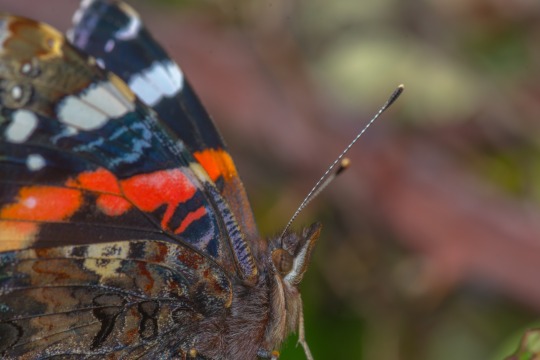



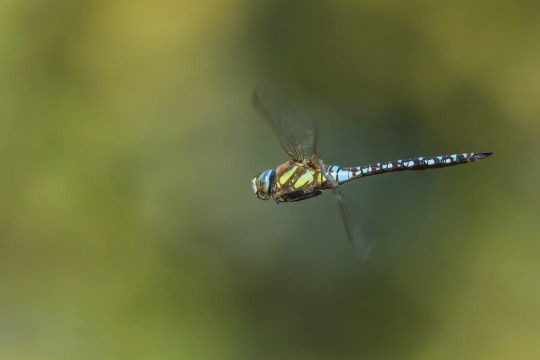

A break in the rain meant a lovely walk around Exminster Marshes 😃☔️☀️🦋🐦 🐌🦟
RSPB Exminster Marshes, Devon.
Just five miles from Exeter city centre, Exminster and Powderham Marshes are great places to see birds all year-round. Enjoy a lovely walk here in this fascinating landscape, where flocks of geese, ducks and waders are numerous. Regular visitors include lapwings, redshanks, wigeons and warblers.
Red Admiral (Vanessa atalanta)
Vanessa atalanta, the red admiral or previously, the red admirable, is a well-characterized, medium-sized butterfly with black wings, orange bands, and white spots. It has a wingspan of about 2 inches. It was first described by Carl Linnaeus in his 1758 10th edition of Systema Naturae.
Scientific name: Vanessa atalanta
Family: Nymphalidae
Order: Lepidoptera
Phylum: Arthropoda
Class: Insecta
Comma (Polygonia c-album)
Polygonia c-album, the comma, is a food generalist butterfly species belonging to the family Nymphalidae. The angular notches on the edges of the forewings are characteristic of the genus Polygonia, which is why species in the genus are commonly referred to as anglewing butterflies.
Scientific name: Polygonia c-album
Rank: Species
Higher classification: Commas
Family: Nymphalidae
Class: Insecta
Barn Swallow (Hirundo rustica)
The barn swallow is a bird of open country that normally uses man-made structures to breed and consequently has spread with human expansion. It builds a cup nest from mud pellets in barns or similar structures and feeds on insects caught in flight.
Family: Hirundinidae
Scientific name: Hirundo rustica
Mass: 18 g
Conservation status: Least Concern (Population decreasing)
Higher classification: Typical swallows
Ivy-leaved cyclamen (Cyclamen hederifolium)
Cyclamen hederifolium is a species of flowering plant in the genus Cyclamen, of the family Primulaceae. It is the most widespread cyclamen species, the most widely cultivated after the florist's cyclamen, and the most hardy and vigorous in oceanic climates.
Scientific name: Cyclamen hederifolium
Rank: Species
Higher classification: Cyclamen
Family: Primulaceae
Migrant Hawker (Aeshna mixta)
The migrant hawker is one of the smaller species of hawker dragonflies. It can be found away from water but for breeding it prefers still or slow-flowing water and can tolerate brackish sites. The flight period is from July to the end of October.
Scientific name: Aeshna mixta
Conservation status: Least Concern (Population increasing)
Higher classification: Mosaic darners
Phylum: Arthropoda
Order: Odonata
Rank: Species
Garden Snail (Cornu aspersum)
Cornu aspersum, known by the common name garden snail, is a species of land snail. As such it is a terrestrial pulmonate gastropod mollusc in the family Helicidae, which includes some of the most commonly familiar land snails. Of all terrestrial molluscs, this species may well be the most widely known.
Speed: 0.047 km/h (Maximum, Large Adult)
Scientific name: Cornu aspersum
Class: Gastropoda
Family: Helicidae
Clutch size: 80
#nature#nature photography#original photographers#photographers on tumblr#wildlife#wildlife photography#photography#photographer#insect#insects#bird#birding#walk#dragonflies#dragonfly#butterflies#butterfly#bugs#animals#macro captures#macro highlight#macroworld#macro brilliance#macro vision#macro#macrophotography
42 notes
·
View notes
Text



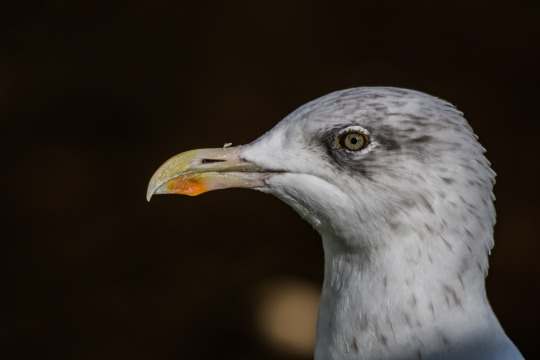

Well the weather wasnt great here in Devon today but we still went on a little walk around the coastal town of Dawlish. 🌧 ☔️
Dawlish, Devon.
Dawlish is an English seaside resort town and civil parish in Teignbridge on the south coast of Devon, 12 miles from the county town of Exeter and the larger resort of Torquay.
Wood Duck (Aix sponsva)
The wood duck or Carolina duck is a species of perching duck found in North America. It is one of the most colorful North American waterfowl. Wikipedia
Class: Aves
Kingdom: Animalia
Family: Anatidae
Order: Anseriformes
Scientific name: Aix sponsva
Black Swan (Cygnus atratus)
The black swan (Cygnus atratus) is a large waterbird, a species of swan which breeds mainly in the southeast and southwest regions of Australia. Within Australia they are nomadic, with erratic migration patterns dependent upon climatic conditions. Black swans are large birds with mostly black plumage and red bills.
Ruddy Turnstone (Arenaria interpretation)
The ruddy turnstone is a small wading bird, one of two species of turnstone in the genus Arenaria. The scientific name is from Latin. The genus name arenaria derives from arenarius, "inhabiting sand, from arena, "sand".
Scientific name: Arenaria interpretation
Rank: Species
Higher classification: Turnstone
Family: Scolopacidae
Phylum: Chordata
Class: Aves
European Herring Gull (Larus argentatus)
The European herring gull is a large gull, up to 26 in long. One of the best-known of all gulls along the shores of Western Europe, it was once abundant. It breeds across Northern Europe, Western Europe, Central Europe, Eastern Europe, Scandinavia, and the Baltic states.
Conservation status: Least Concern (Population decreasing)
Wingspan: 1.2 – 1.6 m (Large Adult)
Scientific name: Larus argentatus
Clutch size: 2 – 4
Mass: Male: 1 – 1.5 kg (Large Adult), Female: 0.71 – 1.1 kg (Large Adult)
Please find me on Facebook, Instagram, Twitter & Flickr at @JordanNaturePht or just click on the underlined text above, I would really appreciate it 😃🍀🌿🌱🦋🐝🦅🌊
#nature#nature photography#original photographers#photographers on tumblr#wildlife#wildlife photography#photography#photographer#birds#birding#bird#devon#dawlish#coast#animals#travel#ducks#swan#duck#seagull#beach#sand#wading#britain
10 notes
·
View notes
Text
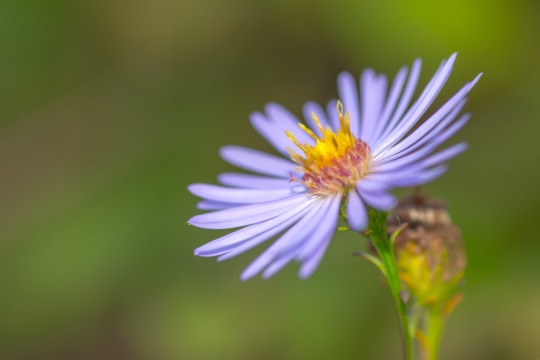
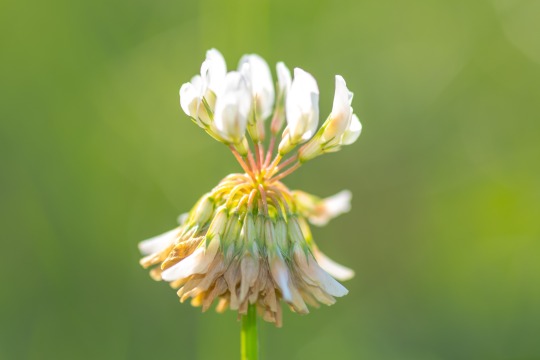




With the lovely weather ☀️ still around I’m really enjoying being out and about around Devon and seeing lots of beautiful sights here are some photos taken yesterday 😃😃
Please follow me on Instagram for more updates a lots more photos @Jordannaturepht 😃
Purplestem Aster (Symphyotrichum puniceum)
Symphyotrichum puniceum, commonly known as purplestem aster, red-stalk aster, red-stemmed aster or swamp aster, is a perennial herb native to eastern North America. It has also been called early purple aster and meadow scabish.
Scientific name: Symphyotrichum puniceum
Rank: Species
Higher classification: American asters
Family: Asteraceae
White Clover (Trifolium repens)
Trifolium repens, the white clover, is a herbaceous perennial plant in the bean family Fabaceae. It is native to Europe, including the British Isles, and central Asia and is one of the most widely cultivated types of clover.
Scientific name: Trifolium repens
Family: Fabaceae
Kingdom: Plantae
Order: Fabales
Rank: Species
Common Centaury (Centaurium erythraea)
Centaurium erythraea is a species of flowering plant in the gentian family known by the common names common centaury and European centaury.
Scientific name: Centaurium erythraea
Conservation status: Least Concern (Population stable) Encyclopedia of Life
Rank: Species
Higher classification: Centaurium
Meadow Brown (Maniola jurtina)
The meadow brown is a butterfly found in the Palearctic realm. Its range includes Europe south of 62°N, Russia eastwards to the Urals, Asia Minor, Iraq, Iran, North Africa and the Canary Islands. The larvae feed on grasses.
Scientific name: Maniola jurtina
Rank: Species
Higher classification: Maniola
Family: Nymphalidae
Order: Lepidoptera
Phylum: Arthropodah
Crane fly (Tipula paludosa)
Tipula paludosa is a species of true craneflies, family Tipulidae. It is also known as the European crane fly or the marsh crane fly. It is a pest in grasslands of Northwest Europe and has been accidentally introduced to North America.
Scientific name: Tipula paludosa
Higher classification: Tipula
Phylum: Arthropoda
Order: Fly
Rank: Species
Family: Tipulidae
Dawlish Warren Beach Huts
Dawlish Warren is a seaside resort near the town of Dawlish in Teignbridge on the south coast of Devon in England. Dawlish Warren consists almost entirely of holiday accommodation and facilities for holiday-makers especially caravan sites.
#flower#flowers#wild plants#plantlove#plants#earth#nature#nature photography#original photographers#photographers on tumblr#wildlife#wildlife photography#photography#photographer#insect#insects#butterflies#butterfly#cranefly#invertabrate#invertebrates#beach#beachhuts#seaside#britain#walking#travel#dragonflies#dragonfly#animal
15 notes
·
View notes
Text

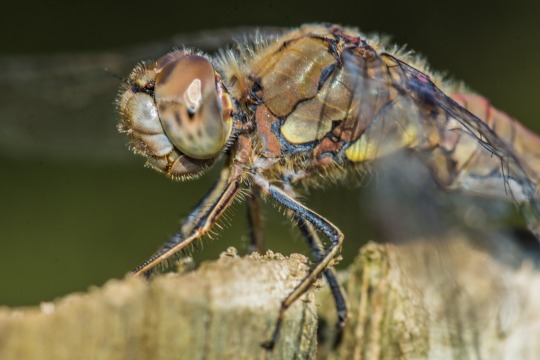


Dragonflies and Damselflies around Exminster 😃
#nature#nature photography#original photographers#photographers on tumblr#wildlife#wildlife photography#photography#photographer#insects#insect#dragonflies#dragonfly#damselfly#damselflies#animal#animals#earth#macro highlight#macro captures#macrophotography#macroworld#macro brilliance#macro vision#macro#sympetrum striolatum#common darter#emerald damselfly#devon#devonshire#exminsterm
30 notes
·
View notes
Text




Randomness... 🌱🌿🍀 Nature is beautiful 💚
#plants#plantlove#flower#flowers#nature#nature photography#original photographers#photographers on tumblr#photography#photographer#wild plants#green#earth#herb#random#grass#bokehlicious#bokehful#bokeh#blur#Plantae#clover#Trifolium
16 notes
·
View notes
Text

🍂🍁 Summer is over... Common Blue (Polyommatus icarus) - Exminster, Devon.
The common blue butterfly is a butterfly in the family Lycaenidae and subfamily Polyommatinae. The butterfly can be found in Europe, North Africa, iran and the Canary Islands, but it is especially common throughout the British Isles.
Scientific name: Polyommatus icarus
Higher classification: Polyommatus
Phylum: Arthropoda
Order: Lepidoptera
Rank: Species
Family: Lycaenidae
#polyommatus icarus#common blue#butterflies#butterfly#invertabrates#insects#invertabrate#insect#wildlife#nature#nature photography#original photographers#photographers on tumblr#wildlife photography#photography#photographer#season change#seasons#flowers#flower#pretty#cute#wilting
13 notes
·
View notes
Text
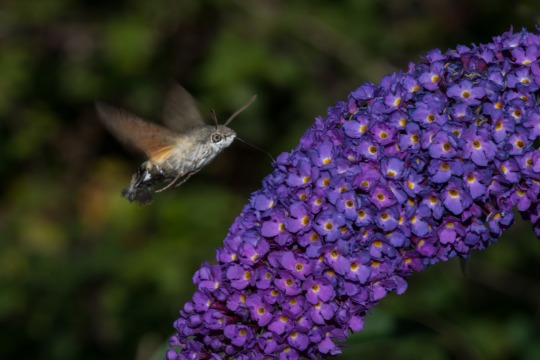
Hummingbird Hawk-Moth (Macroglossum stellatarum)
The hummingbird hawk-moth is a species of moth. It was first described by Carl Linnaeus in his 1758 10th edition of Systema Naturae. As of 2018, its entire genome and mitogenome have been sequenced.
Scientific name: Macroglossum stellatarum
Order: Lepidoptera
#wildlife#nature#nature photography#original photographers#photographers on tumblr#wildlife photography#photography#photographer#hummingbird hawkmoth#hawkmoth#moth#hummingbird#insects#invertabrates#invertabrate#insect#moths#animal#animals
23 notes
·
View notes
Text
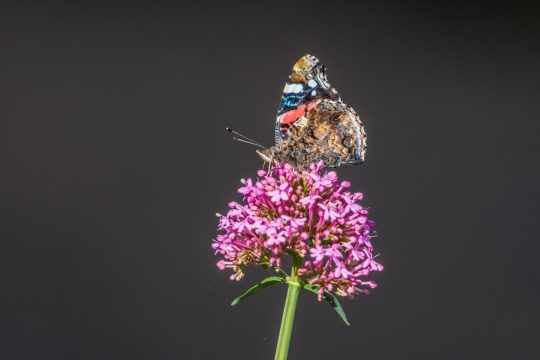
Red Admiral (Vanessa atalanta) - Exminster, Devon.
Vanessa atalanta, the red admiral or previously, the red admirable, is a well-characterized, medium-sized butterfly with black wings, orange bands, and white spots. It has a wingspan of about 2 inches. It was first described by Carl Linnaeus in his 1758 10th edition of Systema Naturae.
Scientific name: Vanessa atalanta
Family: Nymphalidae
Order: Lepidoptera
Phylum: Arthropoda
Class: Insecta
#wildlife#nature#nature photography#original photographers#photographers on tumblr#wildlife photography#photography#photographer#butterflies#butterfly#invertabrates#insects#invertabrate#insect#red admiral#Vanessa atalanta#nikon#nikon d7200#nikongallery#nikoneurope#tokina#nikon 200 500mm#animals#animal
13 notes
·
View notes
Text
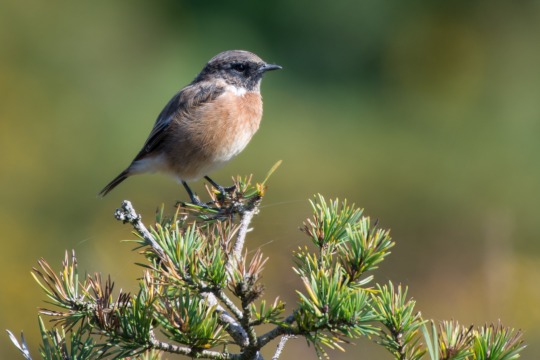


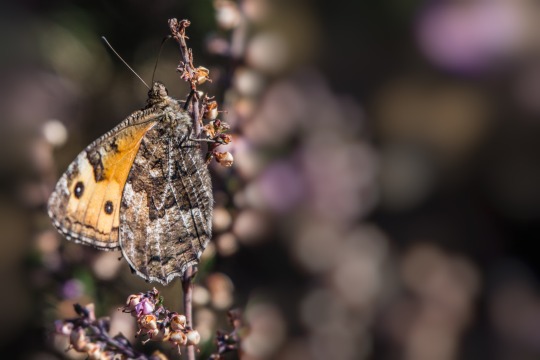
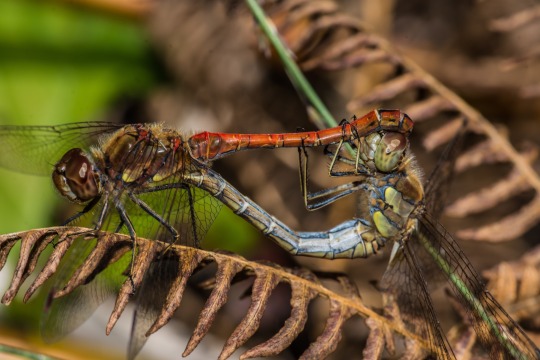
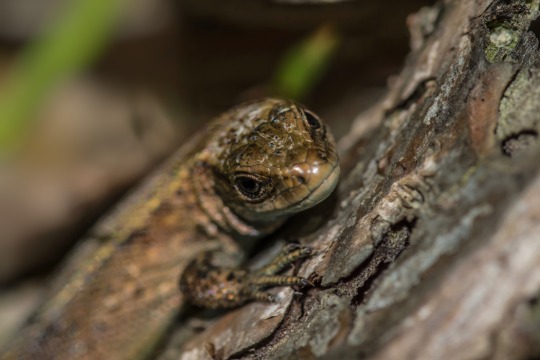
The sun was shining today so we had a lovely walk around the RSPB Aylesbeare Common Nature Reserve. We saw lots of wildlife and amazing scenery, We even had a little picnic half way around the reserve which was really nice. I would definitely recommend visiting if you are ever in the area. 😃
European Stonechat (Saxicola rubicola)
The European stonechat is a small passerine bird that was formerly classed as a subspecies of the common stonechat. Long considered a member of the thrush family, Turdidae, genetic evidence has placed it and its relatives in the Old World flycatcher family, Muscicapidae.
Scientific name: Saxicola rubicola
Higher classification: Saxicola
Phylum: Chordata
Order: Passerine
Rank: Species
Family: Muscicapidae
Norther Wheatear (Oenanthe oenanthe)
The northern wheatear or wheatear is a small passerine bird that was formerly classed as a member of the thrush family Turdidae, but is now more generally considered to be an Old World flycatcher, Muscicapidae. It is the most widespread member of the wheatear genus Oenanthe in Europe and Asia.
Scientific name: Oenanthe oenanthe
Mass: 25 g (Large Adult) Encyclopedia of Life
Conservation status: Least Concern (Population decreasing)
Rank: Species
Higher classification: Wheatears
Common Darter (Sympetrum striolatum)
The common darter is a dragonfly of the family Libellulidae native to Eurasia. It is one of the most common dragonflies in Europe, occurring in a wide variety of water bodies, though with a preference for breeding in still water such as ponds and lakes. In the south of its range adults are on the wing all year round.
Scientific name: Sympetrum striolatum
Conservation status: Least Concern Encyclopedia of Life
Higher classification: Meadowhawks
Phylum: Arthropoda
Order: Odonata
Grayling (Hipparchia semele)
The grayling or rock grayling is a species in the brush-footed butterfly family Nymphalidae. Although found all over Europe, the grayling mostly inhabits coastal areas, with inland populations declining significantly in recent years.
Scientific name: Hipparchia semele
Conservation status: Least Concern (Population decreasing) Encyclopedia of Life
Higher classification: Hipparchia
Phylum: Arthropoda
Order: Lepidoptera
Rank: Species
Common Lizard (Zootoca vivipara)
The Common Lizard also know as the viviparous lizard, Zootoca vivipara, is a Eurasian lizard. It lives farther north than any other species of non-marine reptile, and most populations are viviparous, rather than laying eggs as most other lizards do. It is the only species in the monotypic genus Zootoca. Wikipedia
Scientific name: Zootoca viviypara
Class: Reptilia
Order: Squamata
Rank: Species
Higher classification: Zootoca
#wildlife#nature#nature photography#original photographers#photographers on tumblr#wildlife photography#photography#photographer#bird#birding#lizard#reptile#butterflies#butterfly#insects#insect#nikon#nikon d7200#walk#walking#nature reserve#rspb#aylesbeare common#east devon#devon
6 notes
·
View notes
Text

Northern Wheatear (Oenanthe oenanthe) - RSPB Aylesbeare Common Nature Reserve
The northern wheatear or wheatear is a small passerine bird that was formerly classed as a member of the thrush family Turdidae, but is now more generally considered to be an Old World flycatcher, Muscicapidae. It is the most widespread member of the wheatear genus Oenanthe in Europe and Asia.
Scientific name: Oenanthe oenanthe
Mass: 25 g (Large Adult) Encyclopedia of Life
Conservation status: Least Concern (Population decreasing)
Rank: Species
Higher classification: Wheatears
#wildlife#nature#nature photography#original photographers#photographers on tumblr#wildlife photography#photography#photographer#bird#birding#nikon d7200#nikon
15 notes
·
View notes
Text
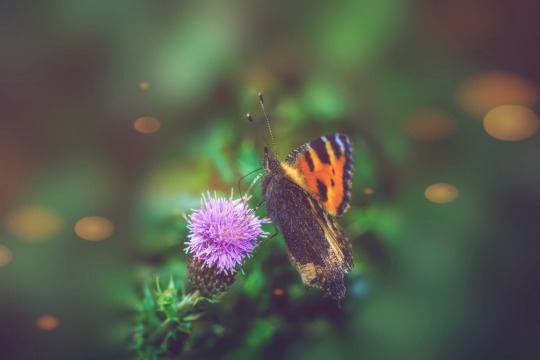
Small Tortoiseshell (aglais urticae)
The small tortoiseshell is a colourful Eurasian butterfly in the family Nymphalidae. Adults feed on nectar and may hibernate over winter; in warmer climates they may have two broods in a season. While the dorsal surface of the wings is vividly marked, the ventral surface is drab, providing camouflage.
Scientific name: Aglais urticae
Higher classification: Tortoiseshells
Rank: Species
Family: Nymphalidae
Kingdom: Animalia
#aglais urticae#small tortoiseshell#wildlife#nature#nature photography#original photographers#photographers on tumblr#wildlife photography#photography#photographer#invertabrate#invertabrates#butterflies#butterfly#insects#insect#nikon d7200#nikon#ph
12 notes
·
View notes
Text



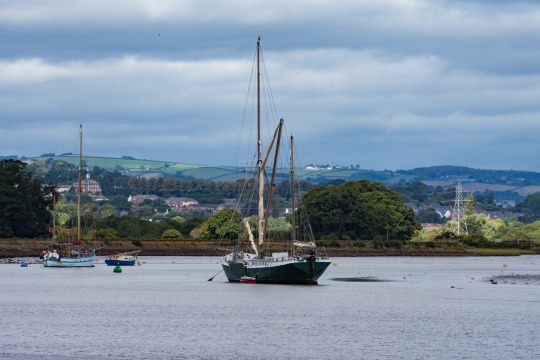






A lovely walk around The Exe Estuary yesterday with my family to see what wildlife we could spot 😃🔭📷 - Exe Estuary, Devon. 🌊 🏝 ☁️ 🏰 🦅
Powderham Belvedere Tower 🏰
The Belvedere is a Grade II* listed building in Powderham, Devon, England.
Exe Estuary 🌊
The Exe estuary is an estuary on the south coast of Devon, England. The estuary starts just to the south of the city of Exeter, and extends south for approximately eight miles to meet the English Channel.
Powderham Church ⛪
St. Clement’s, Powderham is a beautiful old church on the Exe Estuary, adjacent to the grounds of Powderham Castle.
Great Cormorant
The great cormorant, known as the great black cormorant across the Northern Hemisphere, the black cormorant in Australia, the large cormorant in India and the black shag further south in New Zealand, is a widespread member of the cormorant family of seabirds.
Mass: 2.6 – 3.7 kg Encyclopedia of Life
Order: Suliformes
Family: Phalacrocoracidae
Scientific name: Phalacrocorax carbo
Comma (Polygonia c-album)
Polygonia c-album, the comma, is a food generalist butterfly species belonging to the family Nymphalidae. The angular notches on the edges of the forewings are characteristic of the genus Polygonia, which is why species in the genus are commonly referred to as anglewing butterflies.
Scientific name: Polygonia c-album
Rank: Species
Higher classification: Commas
Family: Nymphalidae
Class: Insecta
Painted Lady (Vanessa cardui)
Vanessa cardui is a well-known colourful butterfly, known as the painted lady, or formerly in North America as the cosmopolitan.
Lifespan: 12 months (From egg to death, In the wild)
Scientific name: Vanessa cardui
Wingspan: 4 – 7.3 cm (Large Adult)
Rank: Species
Higher classification: Painted ladies
Pied Wagtail (Motacilla alba)
The pied wagtail is a small passerine bird in the family Motacillidae, which also includes pipits and longclaws. The species breeds in much of Europe and Asia and parts of North Africa. It has a toehold in Alaska as a scarce breeder. It is resident in the mildest parts of its range, but otherwise migrates to Africa.
Scientific name: Motacilla alba
Mass: 24 g
Kingdom: Animalia
Family: Motacillidae
Conservation status: Least Concern (Population stable)
#walking#walk#estuary#beach#sky#clouds#nature#wildlife#boats#village#landscape#seascape#sea#exe estuary#devon#southwest#river#exmouth#turf locks#river exe#birds#bird#butterflies#butterfly#insects#insect#nature photography#original photographers#photographers on tumblr#wildlife photography
16 notes
·
View notes
Text
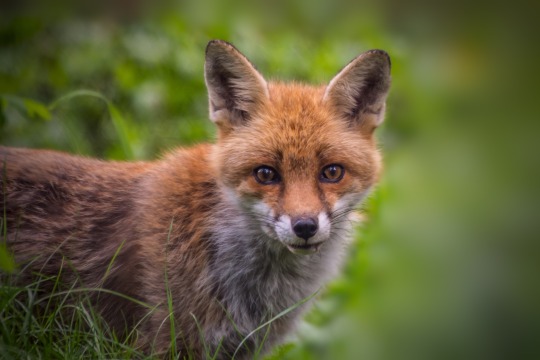
Red Fox (Vulpes vulpes) - Devon.
The red fox is the largest of the true foxes and one of the most widely distributed members of the order Carnivora, being present across the entire Northern Hemisphere from the Arctic Circle to North Africa, North America and Eurasia. It is listed as least concern by the IUCN.
Scientific name: Vulpes vulpes
Lifespan: 2 – 5 years (In the wild)
Family: Canidae
Mass: 2.2 – 14 kg (Large Adult)
Conservation status: Least Concern (Population stable)
Height: 35 – 50 cm (Large Adult, At the withers)
#red fox#vulpes vulpes#fox#wildlife photography#wildlife#nature#nature photography#original photographers#photographers on tumblr#photography#mammal#animal#animals#nikon d7200#nikon#200 500#dog fox#photographer#nature photographer#wildlife photographer
20 notes
·
View notes
Text

Pied Wagtail (Motacilla alba) - Turf Locks, Exe Estuary, Devon.
The Pied wagtail is a small passerine bird in the family Motacillidae, which also includes pipits and longclaws. The species breeds in much of Europe and Asia and parts of North Africa. It has a toehold in Alaska as a scarce breeder. It is resident in the mildest parts of its range, but otherwise migrates to Africa.
Scientific name: Motacilla alba
Mass: 24 g
Kingdom: Animalia
Family: Motacillidae
Conservation status: Least Concern (Population stable)
#pied wagtail#wildlife#nature#nature photography#original photographers#photographers on tumblr#wildlife photography#photography#bird#birding#nikon d7200#nikon#photographer#birds#Motacilla alba#animal#animals
10 notes
·
View notes
Text

Painted Lady (Vanessa cardui) - Exminster, Devon.
Vanessa cardui is a well-known colourful butterfly, known as the painted lady, or formerly in North America as the cosmopolitan.
Lifespan: 12 months (From egg to death, In the wild)
Scientific name: Vanessa cardui
Wingspan: 4 – 7.3 cm (Large Adult)
Rank: Species
Higher classification: Painted ladies
#Vanessa cardui#painted lady#butterflies#butterfly#wildlife photography#wildlife#nature photography#nature#insects#insect#invertabrates#invertabrate#macro highlight#macro captures#macroworld#macro brilliance#macro vision#macro#macrophotography#photographer#original photographers#photography#photographers on tumblr
10 notes
·
View notes
Text
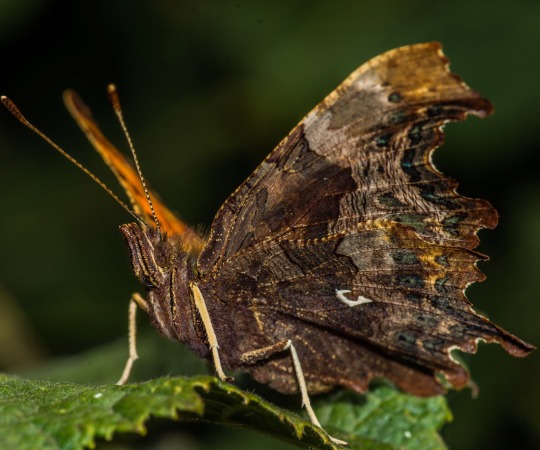
Comma (Polygonia c-albums) - Starcross, Devon.
Polygonia c-album, the comma, is a food generalist butterfly species belonging to the family Nymphalidae. The angular notches on the edges of the forewings are characteristic of the genus Polygonia, which is why species in the genus are commonly referred to as anglewing butterflies.
Scientific name: Polygonia c-albums
Rank: Species
Higher classification: Commas
Family: Nymphalidae
Class: Insecta
#Polygonia c-albums#comma#butterfly#butterflies#insects#insect#macro highlight#macro captures#macroworld#macrophotography#macro brilliance#macro vision#invertabrates#invertabrate#nikon#nikon d7200
9 notes
·
View notes
